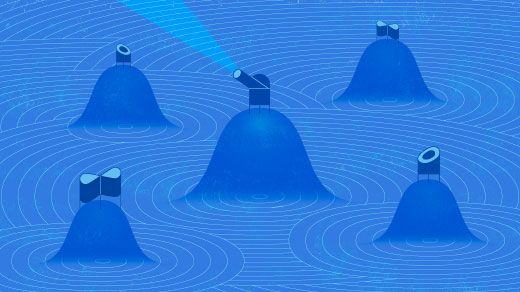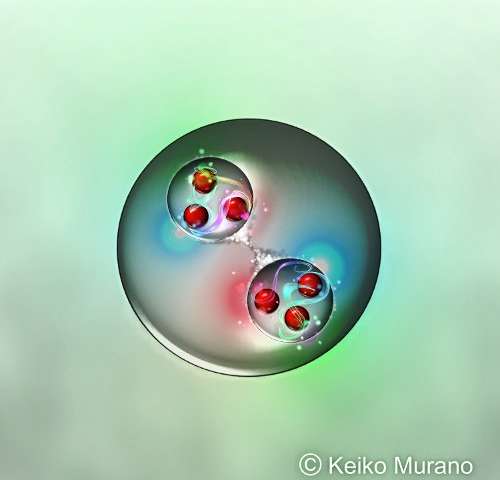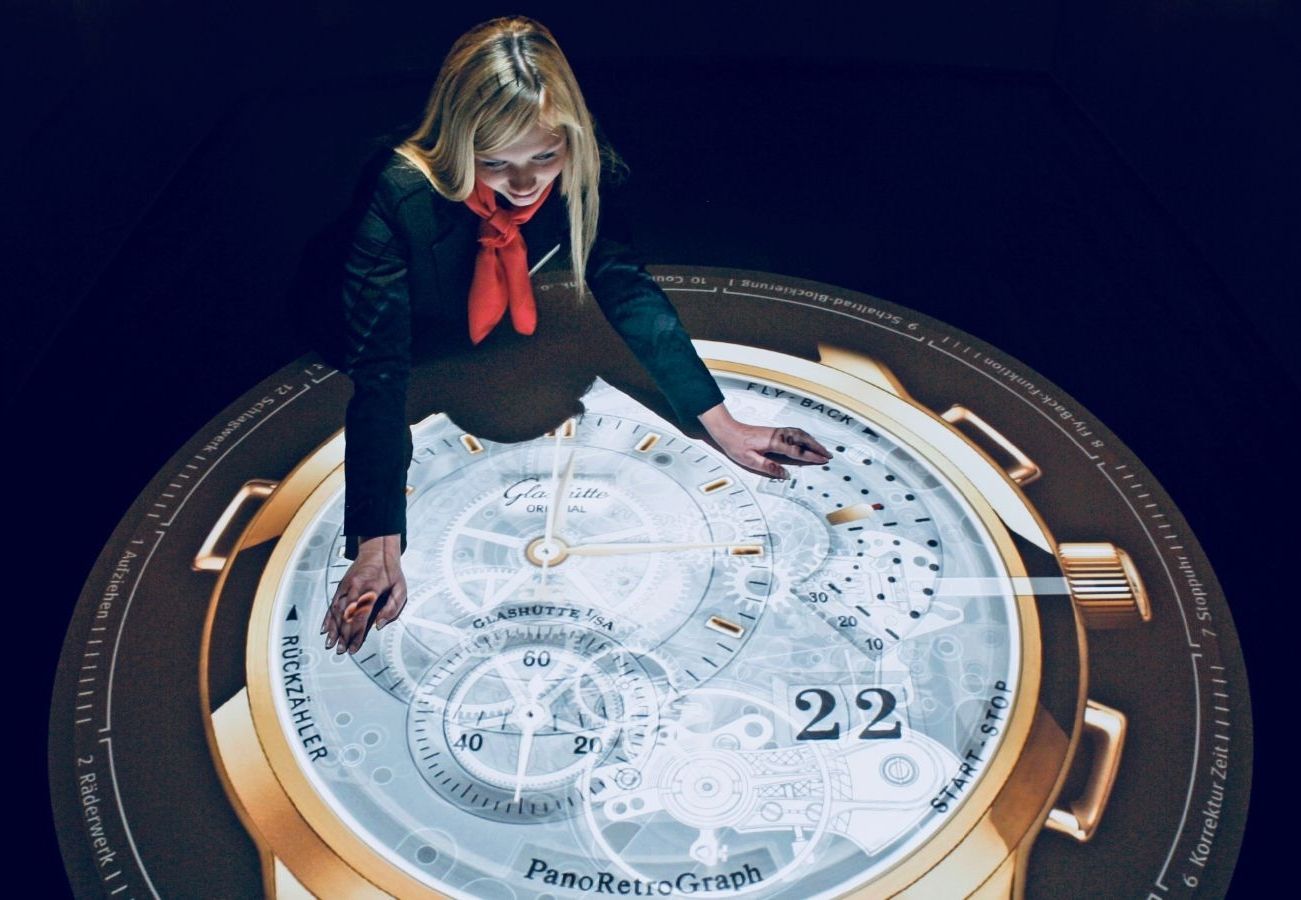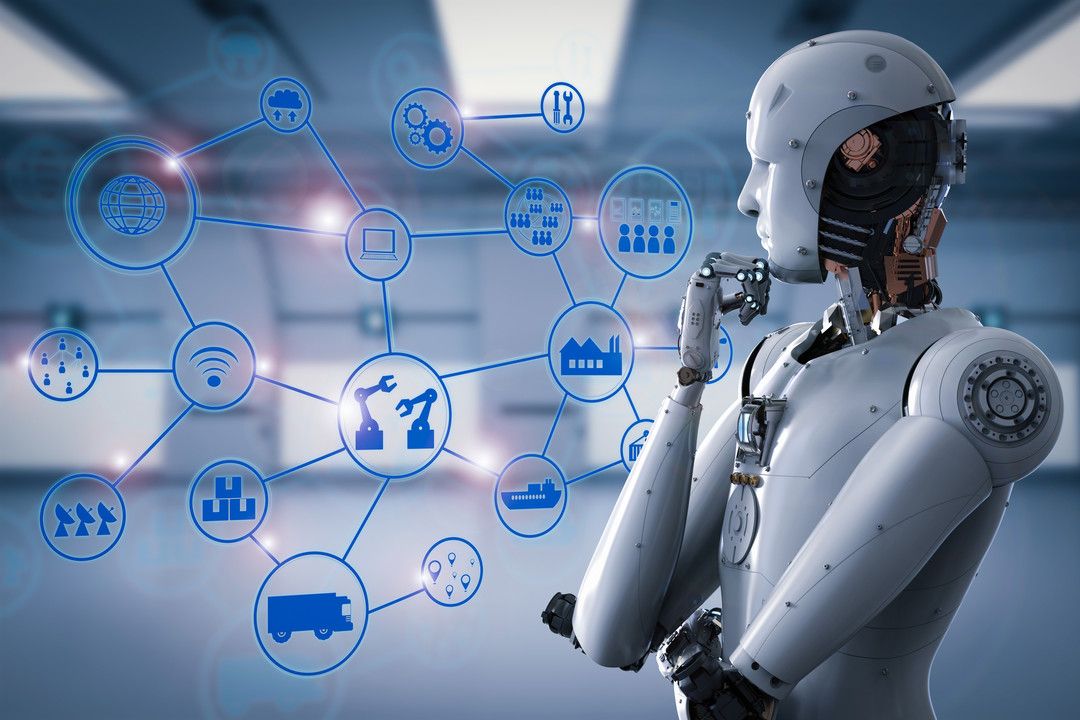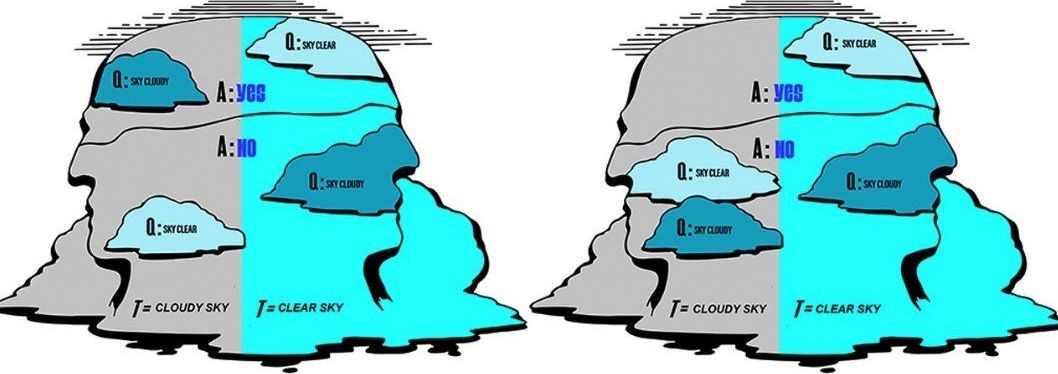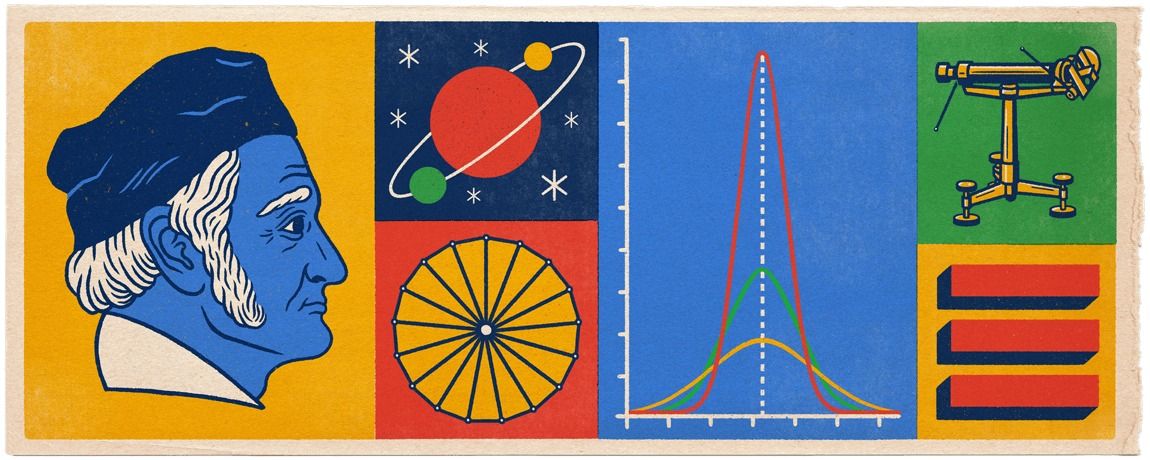Archive for the ‘mathematics’ category: Page 133
Jun 4, 2018
There Are No Laws of Physics. There’s Only the Landscape
Posted by Genevieve Klien in categories: mathematics, physics
Scientists seek a single description of reality. But modern physics allows for many different descriptions, many equivalent to one another, connected through a vast landscape of mathematical possibility.
May 24, 2018
Using the K computer, scientists predict exotic “di-Omega” particle
Posted by Genevieve Klien in categories: computing, cosmology, mathematics, particle physics, quantum physics
Based on complex simulations of quantum chromodynamics performed using the K computer, one of the most powerful computers in the world, the HAL QCD Collaboration, made up of scientists from the RIKEN Nishina Center for Accelerator-based Science and the RIKEN Interdisciplinary Theoretical and Mathematical Sciences (iTHEMS) program, together with colleagues from a number of universities, have predicted a new type of “dibaryon”—a particle that contains six quarks instead of the usual three. Studying how these elements form could help scientists understand the interactions among elementary particles in extreme environments such as the interiors of neutron stars or the early universe moments after the Big Bang.
Particles known as “baryons”—principally protons and neutrons—are composed of three quarks bound tightly together, with their charge depending on the “color” of the quarks that make them up. A dibaryon is essentially a system with two baryons. There is one known dibaryon in nature—deuteron, a deuterium (or heavy-hydrogen) nucleus that contains a proton and a neutron that are very lightly bound. Scientists have long wondered whether there could be other types of dibaryons. Despite searches, no other dibaryon has been found.
The group, in work published in Physical Review Letters, has now used powerful theoretical and computational tools to predict the existence of a “most strange” dibaryon, made up of two “Omega baryons” that contain three strange quarks each. They named it “di-Omega”. The group also suggested a way to look for these strange particles through experiments with heavy ion collisions planned in Europe and Japan.
May 17, 2018
This physicist’s ideas of time will blow your mind
Posted by Genevieve Klien in categories: information science, mathematics, quantum physics
Time feels real to people. But it doesn’t even exist, according to quantum physics. “There is no time variable in the fundamental equations that describe the world,” theoretical physicist Carlo Rovelli tells Quartz.
If you met him socially, Rovelli wouldn’t assault you with abstractions and math to prove this point. He’d “rather not ruin a party with physics,” he says. We don’t have to understand the mechanics of the universe to go about our daily lives. But it’s good to take a step back every once in a while.
“Time is a fascinating topic because it touches our deepest emotions. Time opens up life and takes everything away. Wondering about time is wondering about the very sense of our life. This is [why] I have spent my life studying time,” Rovelli explains.
Continue reading “This physicist’s ideas of time will blow your mind” »
May 16, 2018
Maria Agnesi, the Greatest Female Mathematician You’ve Never Heard of
Posted by Genevieve Klien in category: mathematics
Born 300 years ago this month, Agnesi was the first woman to write a mathematics textbook and to be appointed to a university chair in math.
- By Richard Gunderman, David Gunderman, The Conversation US on May 16, 2018
May 9, 2018
The Fourth Industrial Revolution is Here!
Posted by Peter Morgan in categories: biotech/medical, economics, education, employment, government, information science, law, mathematics, robotics/AI
So much talk about AI and robots taking our jobs. Well, guess what, it’s already happening and the rate of change will only increase. I estimate that about 5% of jobs have been automated — both blue collar manufacturing jobs, as well as, this time, low-level white collar jobs — think back office, paralegals, etc. There’s a thing called RPA, or Robot Process Automation, which is hollowing out back office jobs at an alarming rate, using rules based algorithms and expert systems. This will rapidly change with the introduction of deep learning algorithms into these “robot automation” systems, making them intelligent, capable of making intuitive decisions and therefore replacing more highly skilled and creative jobs. So if we’re on an exponential curve, and we’ve managed to automate around 5% of jobs in the past six years, say, and the doubling is every two years, that means by 2030, almost all jobs will be automated. Remember, the exponential math means 1, 2, 4, 8, 16, 32, 64, 100%, with the doubling every two years.
We are definitely going to need a basic income to prevent people (doctors, lawyers, drivers, teachers, scientists, manufacturers, craftsmen) from going homeless once their jobs are automated away. This will need to be worked out at the government level — the sooner the better, because exponentials have a habit of creeping up on people and then surprising society with the intensity and rapidity of the disruptive change they bring. I’m confident that humanity can and will rise to the challenges ahead, and it is well to remember that economics is driven by technology, not the other way around. Education, as usual, is definitely the key to meeting these challenges head on and in a fully informed way. My only concern is when governments will actually start taking this situation seriously enough to start taking bold action. There certainly is no time like the present.
May 3, 2018
Three Decades Later, Mystery Numbers Explained
Posted by Genevieve Klien in category: mathematics
Zeta values seem to connect distant geometric worlds. In a new proof, mathematicians finally explain why.
May 3, 2018
New proof reveals fundamental limits of scientific knowledge
Posted by Genevieve Klien in categories: mathematics, neuroscience, space, supercomputing
A new proof by SFI Professor David Wolpert sends a humbling message to would-be super intelligences: you can’t know everything all the time.
The proof starts by mathematically formalizing the way an “inference device,” say, a scientist armed with a supercomputer, fabulous experimental equipment, etc., can have knowledge about the state of the universe around them. Whether that scientist’s knowledge is acquired by observing their universe, controlling it, predicting what will happen next, or inferring what happened in the past, there’s a mathematical structure that restricts that knowledge. The key is that the inference device, their knowledge, and the physical variable that they (may) know something about, are all subsystems of the same universe. That coupling restricts what the device can know. In particular, Wolpert proves that there is always something that the inference device cannot predict, and something that they cannot remember, and something that they cannot observe.
“In some ways this formalism can be viewed as many different extensions of [Donald MacKay’s] statement that ‘a prediction concerning the narrator’s future cannot account for the effect of the narrator’s learning that prediction,’” Wolpert explains. “Perhaps the simplest extension is that, when we formalize [inference devices] mathematically, we notice that the same impossibility results that hold for predictions of the future—MacKay’s concern—also hold for memories of the past. Time is an arbitrary variable—it plays no role in terms of differing states of the universe.”
Continue reading “New proof reveals fundamental limits of scientific knowledge” »
May 1, 2018
A new physics discovery could change the game for quantum computing
Posted by Genevieve Klien in categories: computing, mathematics, particle physics, quantum physics
From tunneling through impenetrable barriers to being in two places at the same time, the quantum world of atoms and particles is famously bizarre. Yet the strange properties of quantum mechanics are not mathematical quirks—they are real effects that have been seen in laboratories over and over.
One of the most iconic features of quantum mechanics is “entanglement”—describing particles that are mysteriously linked regardless of how far away from each other they are. Now three independent European research groups have managed to entangle not just a pair of particles, but separated clouds of thousands of atoms. They’ve also found a way to harness their technological potential.
When particles are entangled they share properties in a way that makes them dependent on each other, even when they are separated by large distances. Einstein famously called entanglement “spooky action at a distance,” as altering one particle in an entangled pair affects its twin instantaneously—no matter how far away it is.
Continue reading “A new physics discovery could change the game for quantum computing” »
Apr 30, 2018
Google Doodle Honors Mathematician Johann Carl Friedrich Gauss
Posted by Genevieve Klien in categories: education, information science, mathematics
A German mathematician, physicist and astronomer, Johann Carl Friedrich Gauss rose from humble origins to become one of the world’s greatest minds.
Born in 1777 in Brunswick, then part of the Holy Roman Empire, Gauss was the only child of poor parents who had received little or no formal education. His mother was illiterate. But when Gauss started school at age seven, he was quickly recognized as a child prodigy who could solve complex math problems in his head.
While still a teenager, Gauss became the first person to prove the Law of Quadratic Reciprocity, a math theory to determine whether quadratic equations can be solved.

